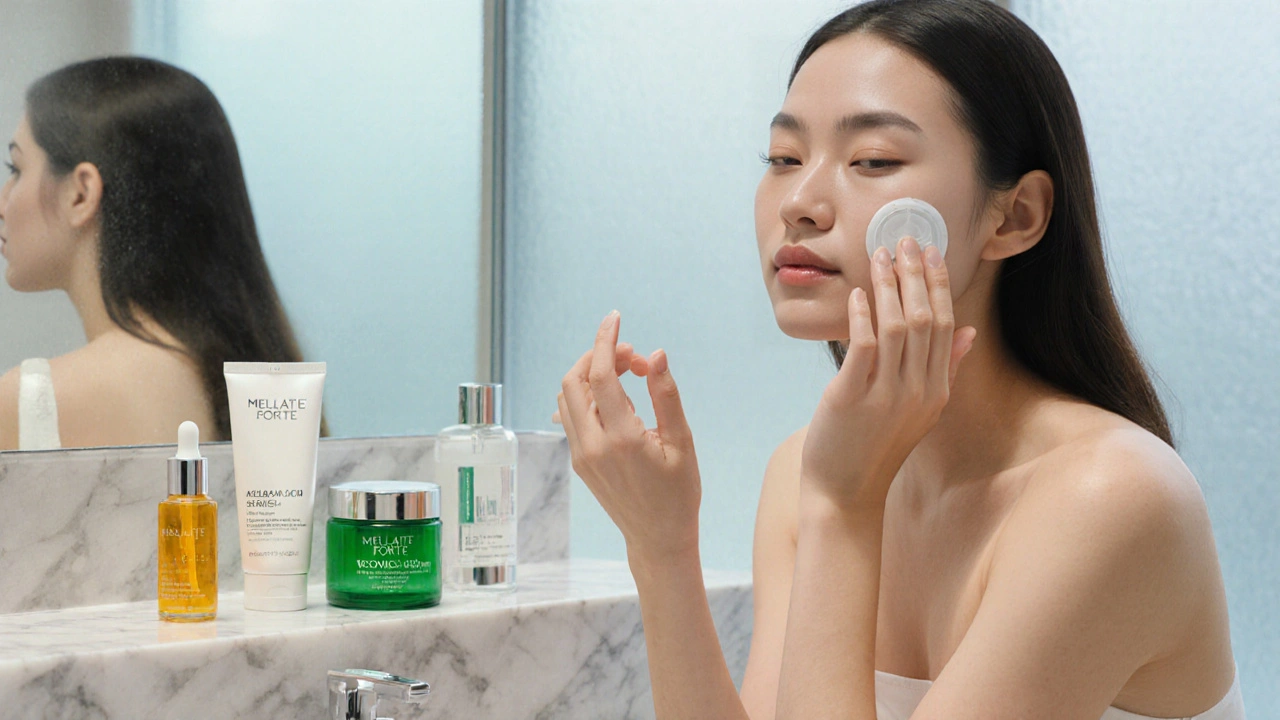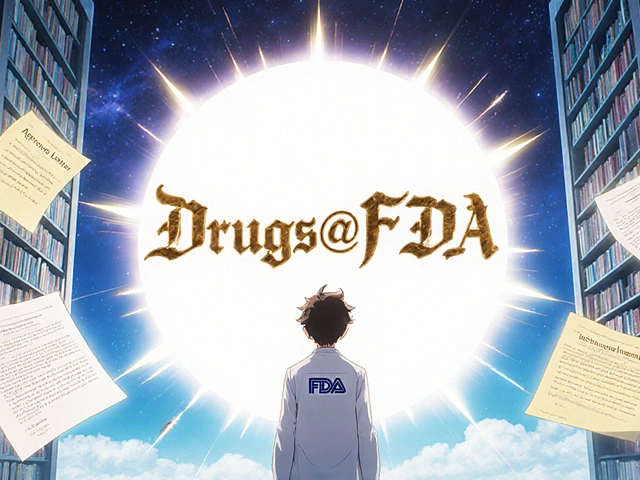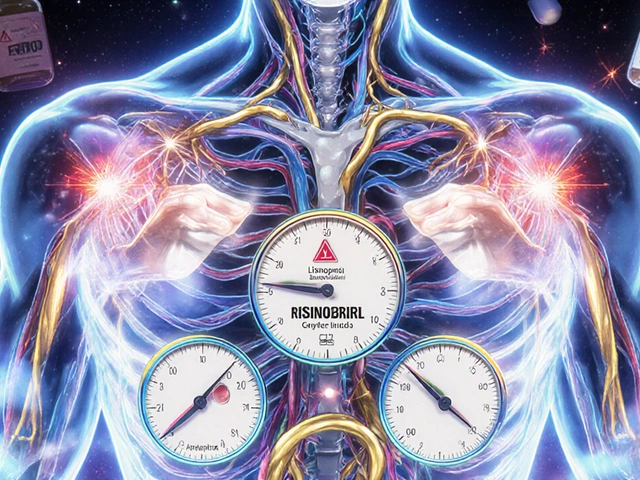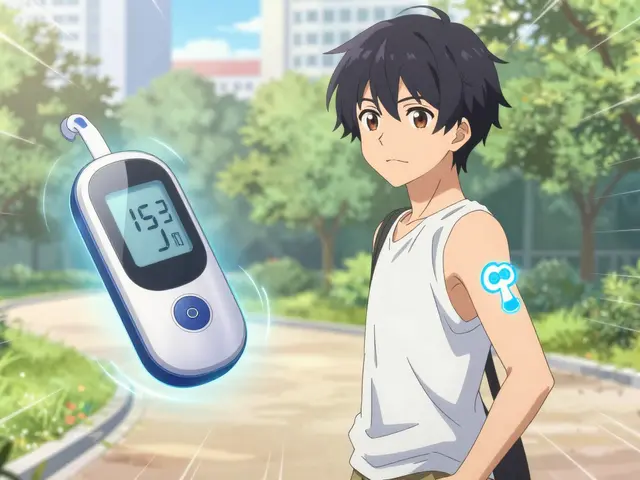Hydroquinone Alternatives You Can Trust
Hydroquinone has been the go‑to ingredient for fading dark spots, but many people worry about irritation and long‑term safety. Luckily, there are plenty of other ingredients that can give you a clearer, more even complexion without the same risks. Below we break down the most popular over‑the‑counter options, what makes each one work, and how to decide which fits your skin best.
Top Over‑the‑Counter Alternatives
Kojic Acid – This fungus‑derived compound blocks the enzyme tyrosinase, which your skin uses to make melanin. It’s milder than hydroquinone and often found in serums and creams at 1‑4% concentrations. Users report a gradual fade of sun spots and a brighter overall tone after 4‑6 weeks of consistent use.
Azelaic Acid – Naturally present in grains like barley and wheat, azelaic acid works both as a lightening agent and an anti‑acne ingredient. At 10‑20% it reduces melanin production and also smooths rough texture. It’s a good pick if you struggle with redness or breakouts alongside hyperpigmentation.
Vitamin C (L‑Ascorbic Acid) – The antioxidant powerhouse of skincare, Vitamin C interrupts melanin formation and protects skin from free‑radical damage. Look for stable formulas (like magnesium ascorbyl phosphate) that stay effective for weeks. It’s great for daily use and adds a subtle glow.
Niacinamide – A form of vitamin B3, niacinamide reduces the transfer of melanin to skin cells, which lightens dark spots over time. It’s also soothing and improves barrier function, making it a safe choice for sensitive skin.
Licorice Extract (Glabridin) – This plant‑derived ingredient interferes with the melanin pathway and has anti‑inflammatory properties. It’s often mixed into creams at 0.5‑1% and can help fade post‑inflammatory marks without causing irritation.
How to Choose the Right Option
First, think about your skin type. If you have rosacea or eczema, start with a low‑irritation formula like niacinamide or azelaic acid. For oily or acne‑prone skin, a combo product that pairs azelaic acid with salicylic acid can hit two birds with one stone.
Second, consider how quickly you want results. Kojic acid and vitamin C often show a noticeable change in 4‑6 weeks, while azelaic acid may take a bit longer but offers added anti‑acne benefits.
Third, check the concentration. Higher percentages can work faster but also raise the chance of redness. If you’re new to a product, start with the lowest effective concentration and build up as your skin adapts.
Finally, look for trusted brands that provide third‑party testing. Authenticity matters because the market is flooded with cheap copies that don’t deliver the claimed % of active ingredients.
By swapping hydroquinone for one of these alternatives, you can keep your skin brightening goals on track while reducing the risk of irritation and long‑term side effects. Keep the routine consistent, protect your skin with sunscreen every day, and you’ll see steady improvement without the drama.
Melalite Forte Cream vs Top Hydroquinone Alternatives: Which Brightens Best?
A detailed comparison of Melalite Forte Cream (hydroquinone) versus top alternatives like azelaic acid, kojic acid, vitamin C, and more, covering efficacy, safety, usage tips, and buyer guidance.
View More




